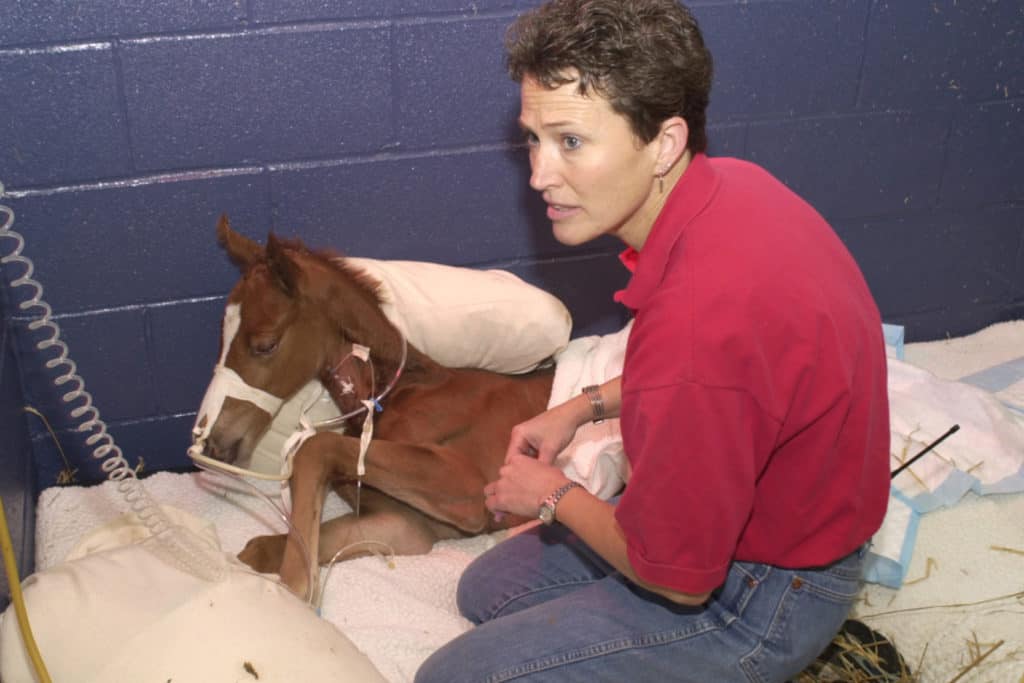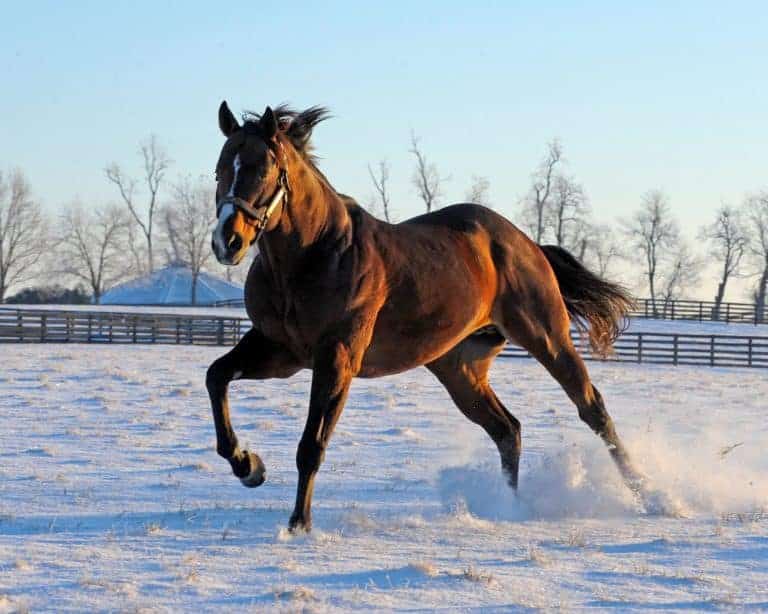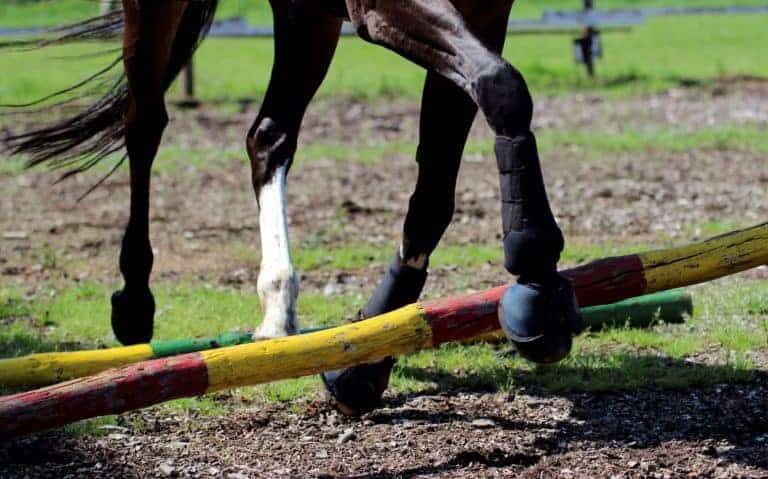
Rhodococcus equi Pneumonia
Rhodococcus equi is a dangerous pathogen that causes pneumonia in foals that are generally between the ages of 3 weeks and 5 months. In cases caught early on, the foal can make a full recovery with proper treatment. However, in more serious cases the mortality rate is quite high. The disease was discussed in depth during the 2010 American Association of Equine Practitioners convention.





















